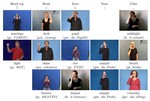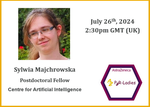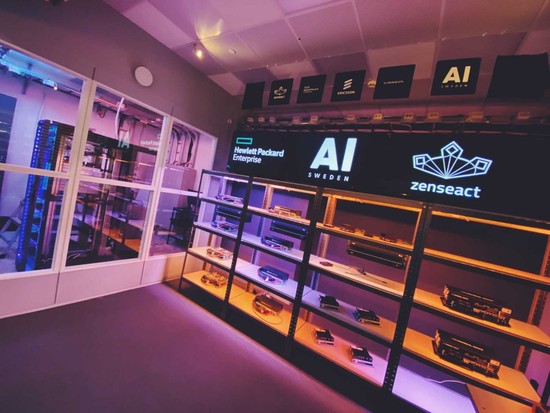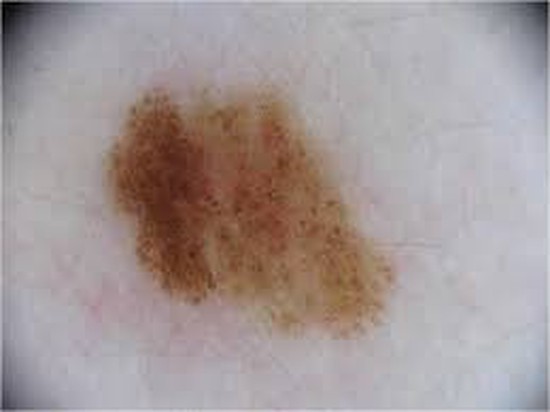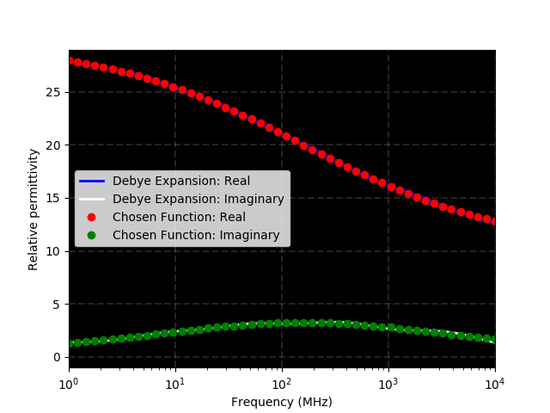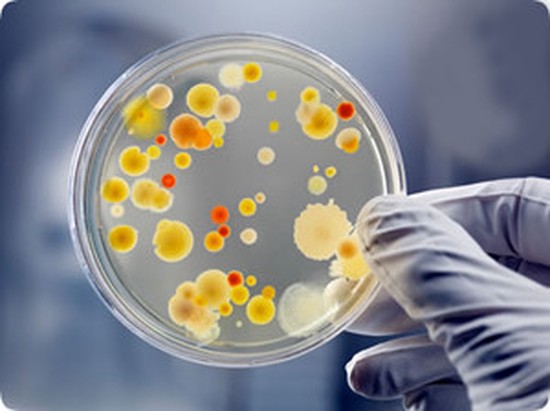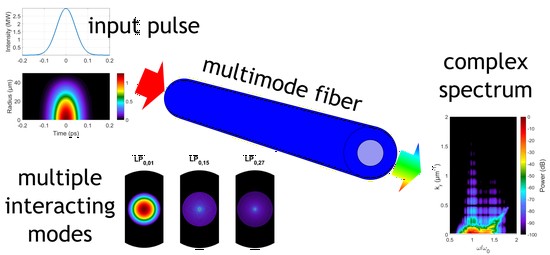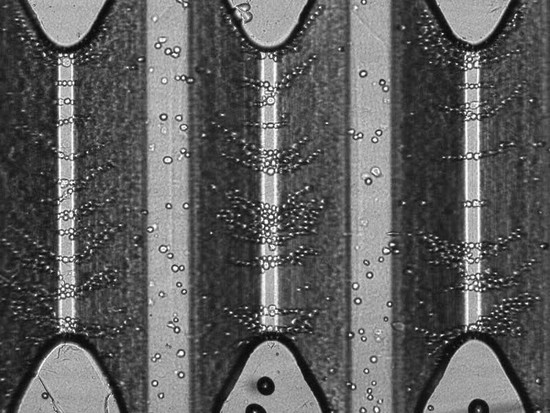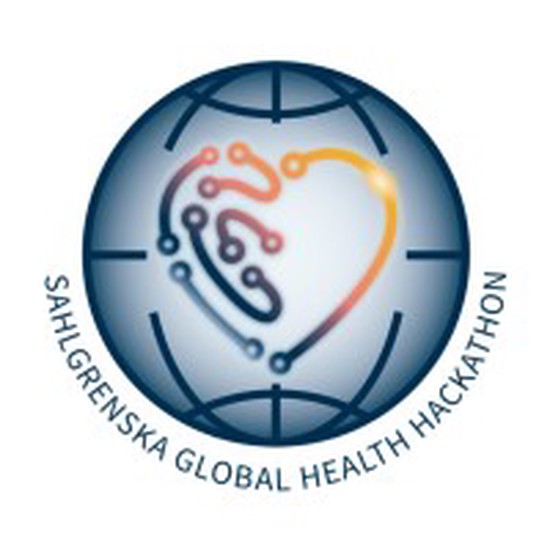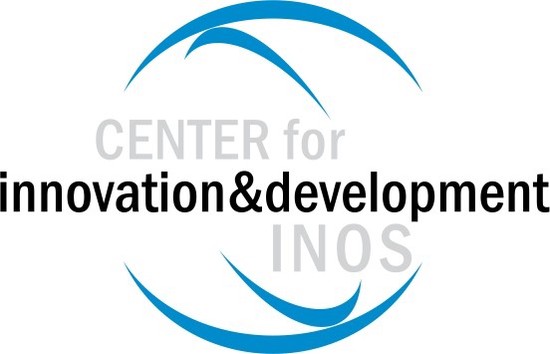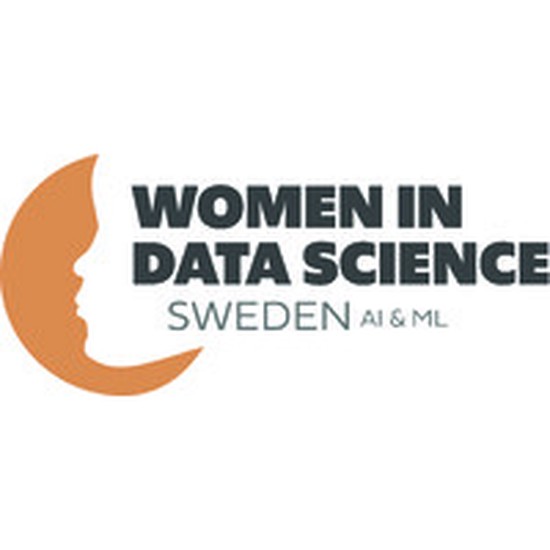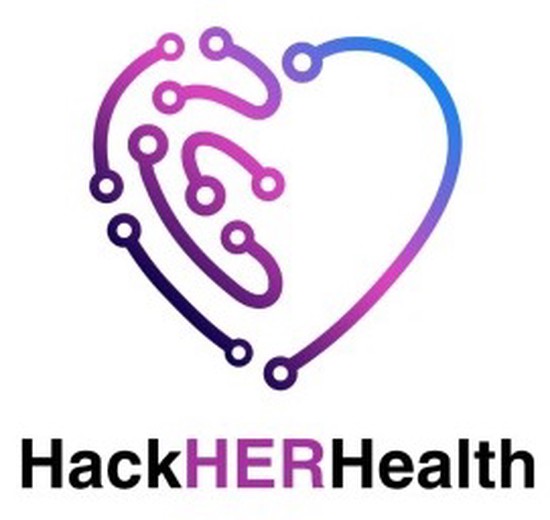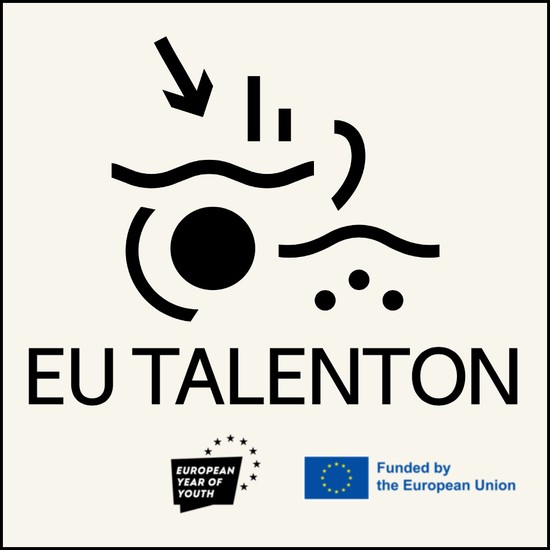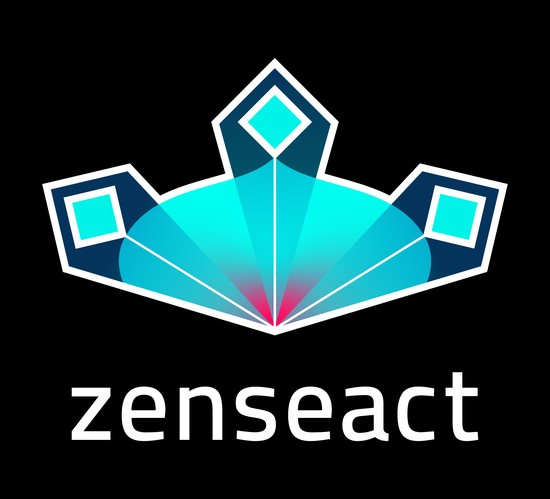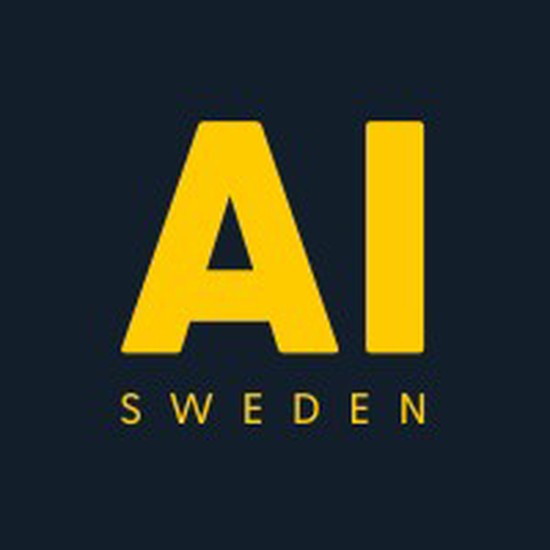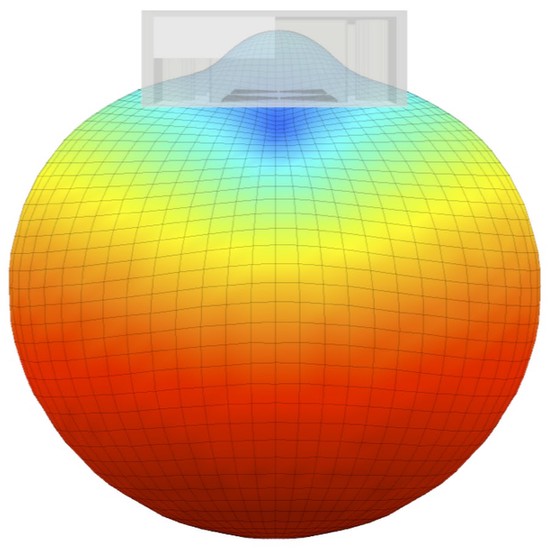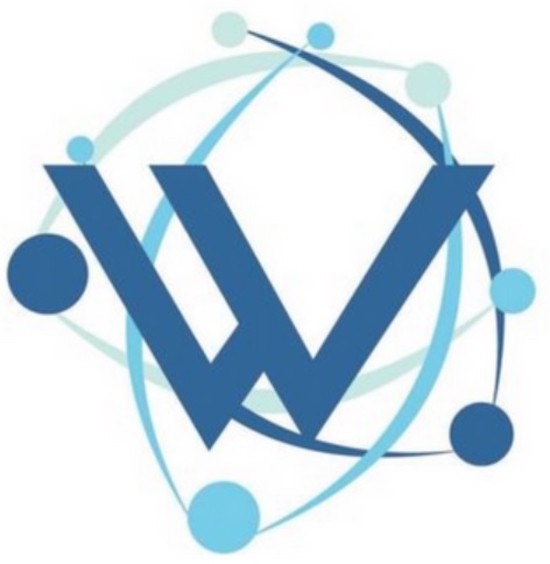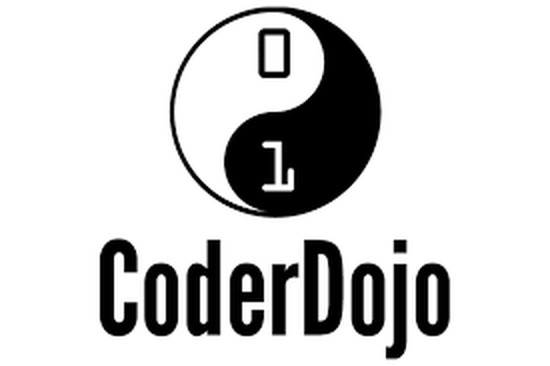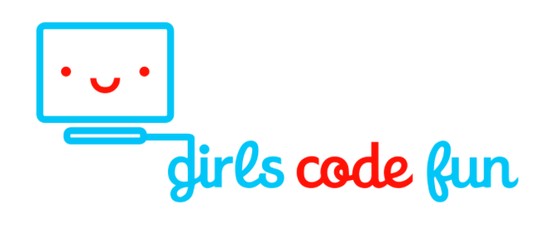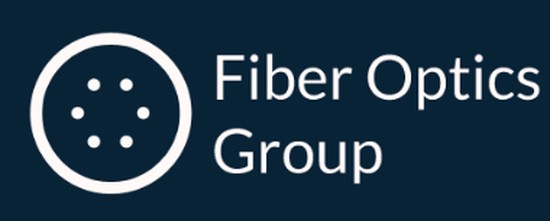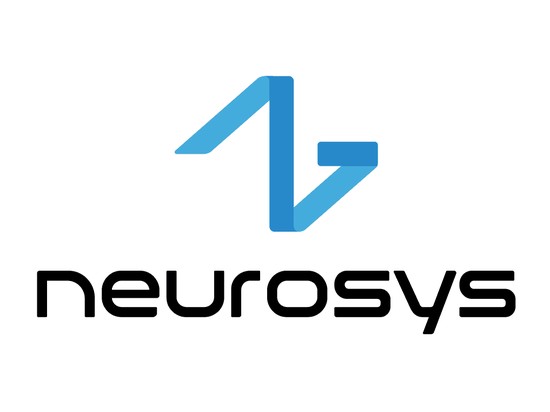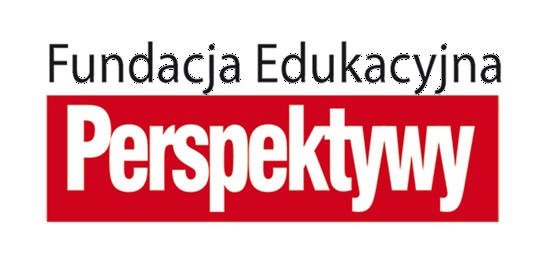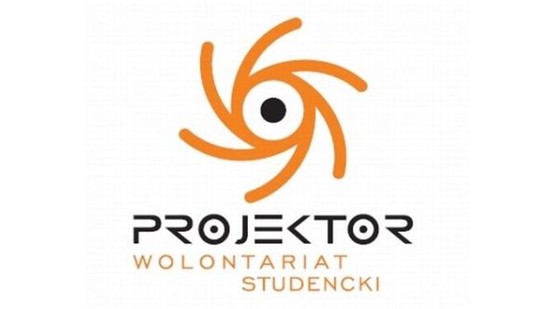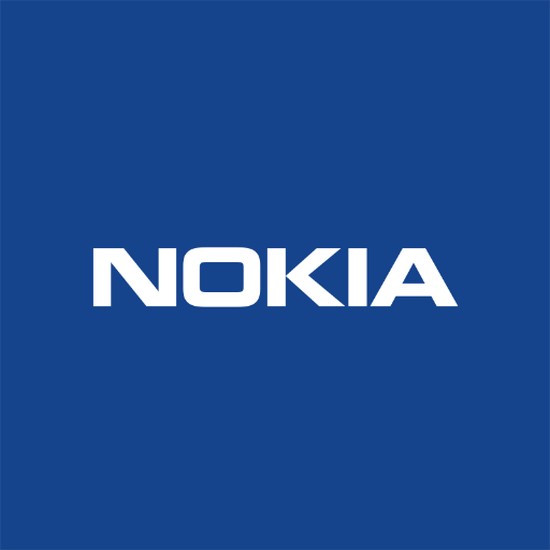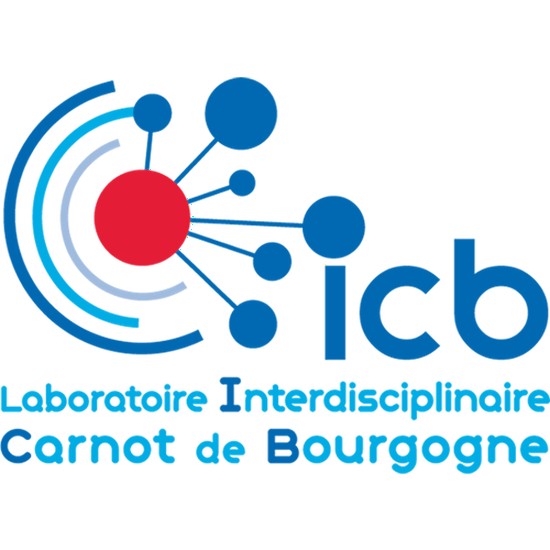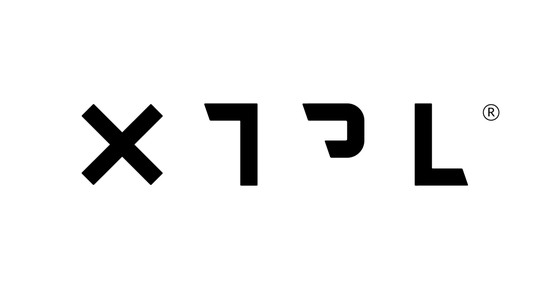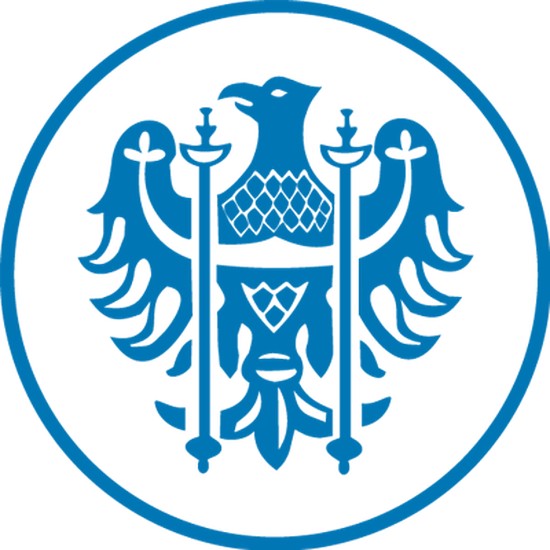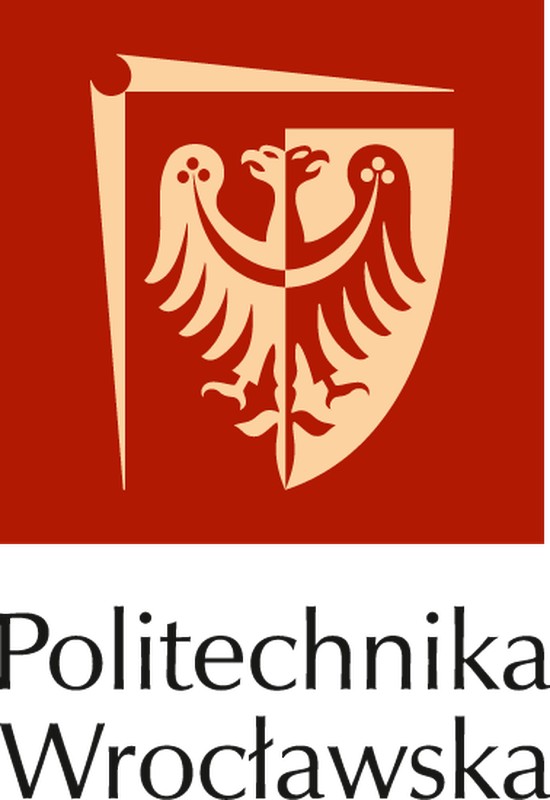About me
Hi, I am a passionate AI enthusiast and problem solver, currently postdoc fellow in computer vision domain. With a background in physics and biomathematics, I joined the esteemed Eye for AI program led by AI Sweden, where I explored the practical applications of AI in domains such as healthcare, autonomous driving, and pharmacy. Through my research experiences, I gained valuable insights into data-driven approaches and honed my technical skills in Python, data science, and machine learning. I actively contributed to ongoing projects, collaborating with experts in the field and developing essential professional skills in communication, teamwork, and project management. Now, I am eager to share my knowledge, open to new collaborations, and passionate about leveraging AI to solve real-world problems.
Interests
- Computer Vision
- Data-driven approches
- Mathematical modelling
- Unsupervised learning
Education
PhD in Physics, 2017 - 2022
Wroclaw University of Science and Technology
MSc in Mathematics, 2016 - 2017
University of Wroclaw
MEng in Technical Physics, 2016 - 2017
Wroclaw University of Science and Technology
BEng in Technical Physics, 2012 - 2016
Wroclaw University of Science and Technology
BS in Mathematics, 2012 - 2016
University of Wroclaw


